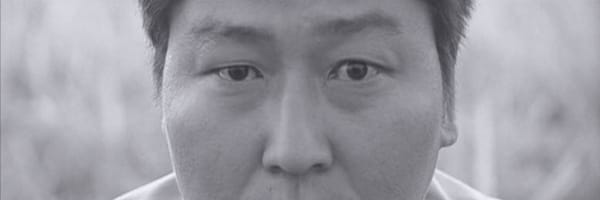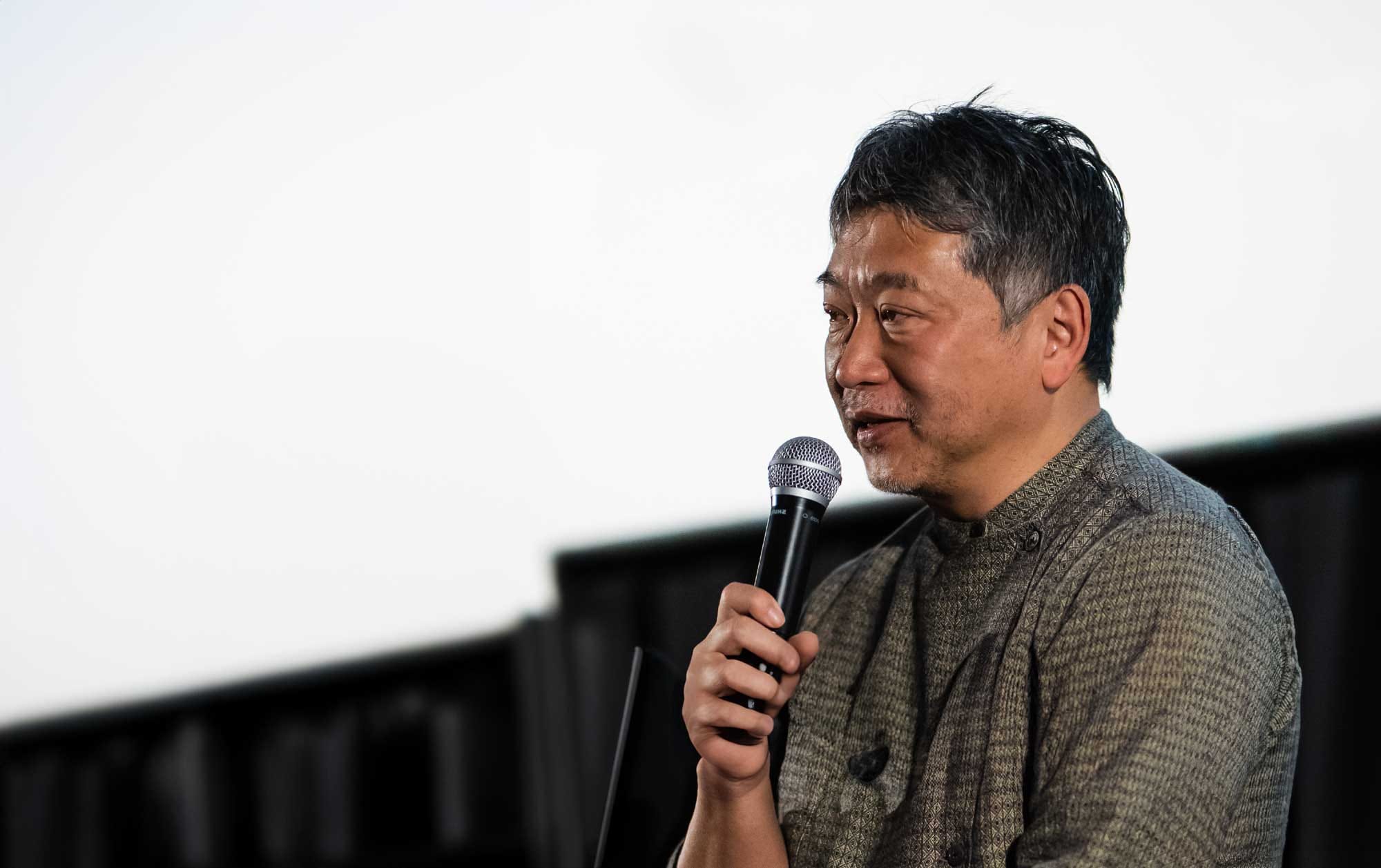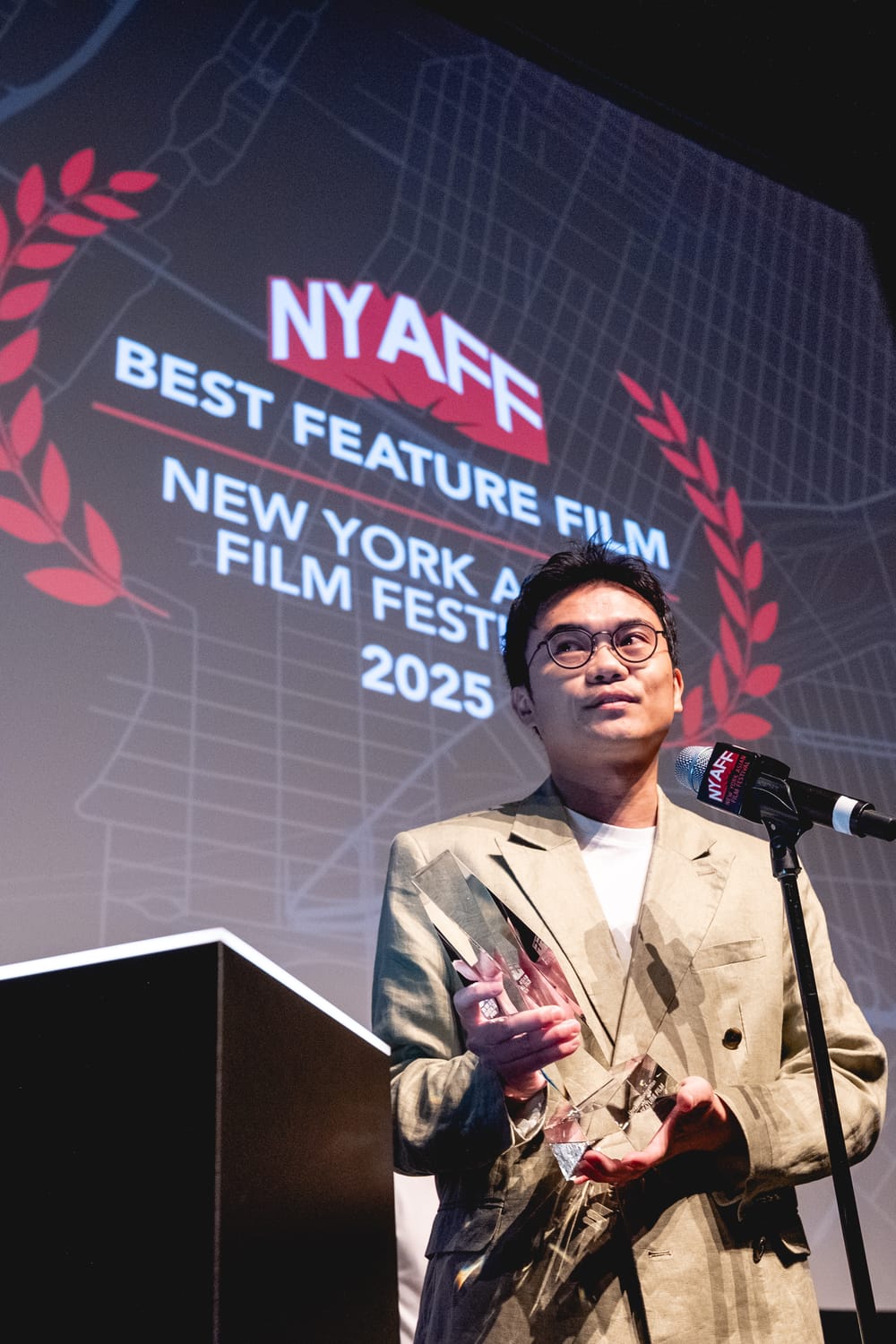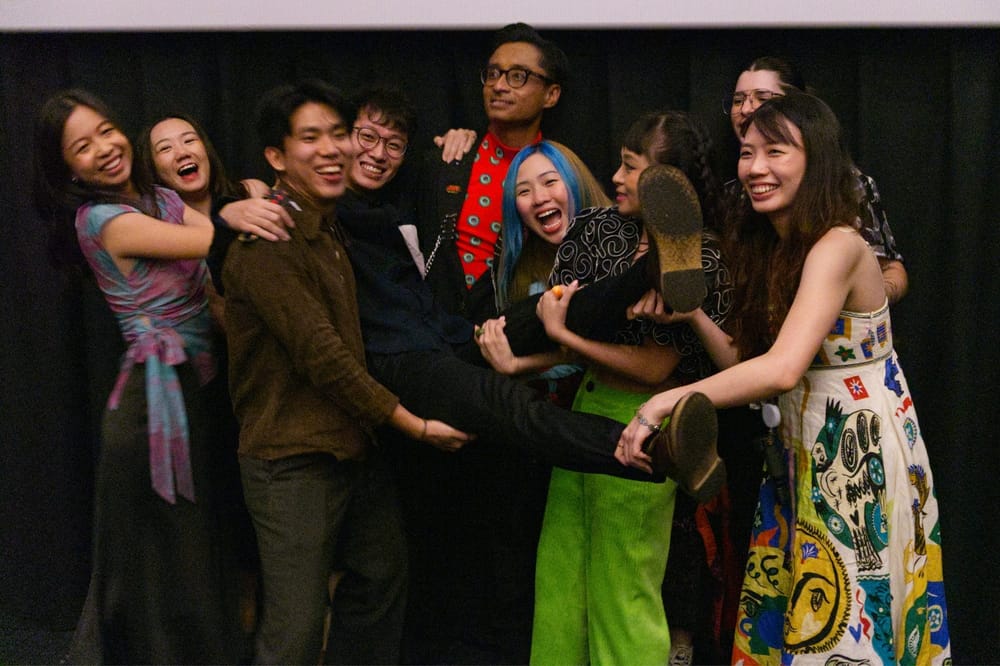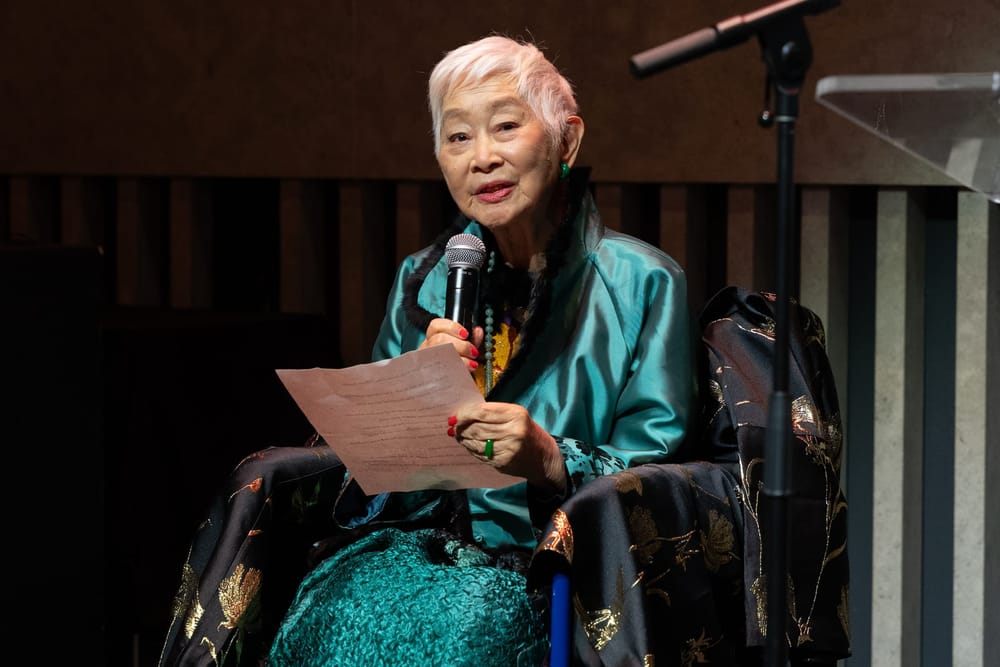By Samuel Jamier
Kore-eda's career path has been paved with awards and accolades from the international film festival circuit, earning the Japanese director a place of choice in the pantheon of world filmmaking. After a foray in France, with The Truth (2019) and Korea, with Broker (2022), the filmmaker has returned to Japan for the first time since his 2018 Palme d’Or-winning Shoplifters, with Monster, recently released by Well Go USA in American theaters. The film, true to his signature humanistic style, is also a return to the type of discreet, nuanced yet intense family drama that has gained him critical and popular acclaim. Constructed around the different and sometimes contradictory perspectives of the protagonists, Monster explores uncharted regions of sensibility and emotion, marking an intriguing, new chapter in the director's already impressive filmography.
In this conversation, Kore-eda offers fascinating insights into the meticulous craftsmanship that went into the creation of Monster.
NYAFF: Thank you for taking the time to take my questions for our new publication. First of all, congratulations on the movie. I’m very pleased to ask you a few questions about it. It's only the second time that you're not the screenwriter of your own film [Maboroshi (1995) ]. Could you tell us a little bit about how you came across Yuji Sakamoto’s script and what attracted you to it?
Hirokazu Kore-eda: In the past, I have often said that if I don't write my own scripts, I would love to work on a script that Sakamoto wrote. And he knew that, so we had discussions about the potential of this. For this script, I heard from my producer that Sakamoto was working on a script and that he was interested in having me direct it. I read the plot treatment in December of 2018 – that's now five years ago, and as soon as I read it, I decided I wanted to direct the film.
NYAFF: In terms of translating the screenplay for the screen, since you yourself are a screenwriter, did you make any changes? How faithful were you to the original script?
Kore-eda: During the three years of COVID, I met regularly with Sakamoto and our producers. Mr. Sakamoto and I talked about how to finalize the script, and while various things were changed, the three-part structure of the mother, the teacher, and the children was there from the beginning. And that remained very clearly the structure of the film. Then, once we got into casting, I realized I wanted to change different details depending on who would say the dialogue.
For example, I realized, oh, the teacher Hori (Eita) is really a character like that, and we changed some of the dialogue for him.
Additionally, once we had seen that Yuko Tanaka was cast as the principal, the scene where she visits her husband in prison was added to broaden her character. So I was very impressed with the different kinds of changes that we were able to make before we started filming.
NYAFF: Since you’re mentioning this, let's talk a little bit about the casting. You reunited with Sakura Ando for this film. You had already worked with her on “Shoplifters” in 2018 so I'm curious, what unique qualities do you think she brings to her roles? And was she an immediate choice for the role of the mother?
Kore-eda: When this first project first arose, it was December of 2018 – as I said– the year “Shoplifters” was released. So it was right after shoplifters, and I said well, let's work together again sometime. At that point, Sakura wanted to take a break from acting as she was busy raising her child, but it was just my intuitive sense when I read this plot that she would be perfect to play the mother figure. So I immediately called her and persuaded her to agree to be in the film. In the scene where she confronts the principal in the principal's office, we are trying to figure out who is more monstrous: who is the monster – the principal or the mother? The role of a mother who is enraged because her child is hurting and in pain is really powerful, and I expected that she could act in a way to do it justice. And, of course, she did, so I was very happy to have cast her.
NYAFF: Can you tell us about the casting of the children? You've often worked with children in the past and I always find your work with them very impressive. Can you tell us a little bit of how you worked with them on set on ‘Monster’ in particular? I imagine you've developed a method in terms of working with kids?
Kore-eda: Of course, we had an audition for this film and selected these two actors through that. Often, in the past 20 years, I have not given a script to the child actors but instead gave them verbal information and whispered dialogue in their ears, which they then acted out. We tried both styles during the audition, and both children said they would prefer to work from the script rather than being told what to say. I usually allow the children to guide me in how I should approach them. In this case, rather than trying to write the characters of the movie to fit their personalities, I thought it was best for them if they realized they were outside the characters and that they were playing characters rather than trying to be the characters as they were portraying a very delicate struggle. It was also beneficial that we had time for them to get to know each other, play with each other, and spend time together. You can see that, for example, in the railcar, where they were able to create their own environment that they could decorate and use as their own space to play together.
NYAFF: Let me ask you a bit about the cinematography. You worked again with Ryuto Kondo on this movie, who you also worked with before, on Shoplifters and The Makanai on Netflix as well. I found the work really interesting. Can you discuss how you work with him in bringing your vision for “Monster” to life? Did you shoot the film on 35 millimeters again? It’s just technical question that I'm interested in.
Kore-eda: It's shot on digital this time. We thought we might shoot in different ways but decided to take the long stand type of shooting to better show the development of the children. And with Mr. Kondo, I've worked with him before on “Shoplifters”, but when he sees the actors acting, he has a better eye than I do about which angle will be the best to approach each scene. So, even if I draw the storyboards, he often finds a better way to capture it. Because of this, it turns into a slightly different composition when he's working on it. And so the shots that I've chosen are kind of broken apart by him and he builds upon that.
NYAFF: So every one of us is talking about the soundtrack by Ryuichi Sakamoto, of course, which I also thought was very beautiful, and adds a lot of emotion to the story. How did you approach incorporating his music into your film?
Kore-eda: Because of his illness, it was uncertain whether he could work on a film like this. But when I first saw the town by the lake [Lake Suwa, in Nagano prefecture, where the film was shot], it just confirmed to me that it had to be Sakamoto’s music that I wanted to use. So I sent him a DVD of some music he had already done. And then, a couple of weeks later, I heard that he had seen the film at that stage, was very interested, and would be interested in working on the music. He told me he was afraid we couldn’t score the entire film from entirely new compositions, but he had ideas for one or two tunes. He offered to write those, and if I wanted to use them, I could, but if not, I didn’t have to. So, the first two songs came with that stipulation. He also said that if he couldn’t write anymore, we could use some music from his new collection that would come out, “12” –the collection– and then the second tune would also be sent to me.
So I was able to use two new pieces of music that he had written, and I was very impressed with both. We also used some from older films and then some from his new series 12, for the film. It’s a great loss to have such a major figure in the music industry gone now, but I was very honored to have been able to work with him on his last film.
NYAFF: Thank you very much.

